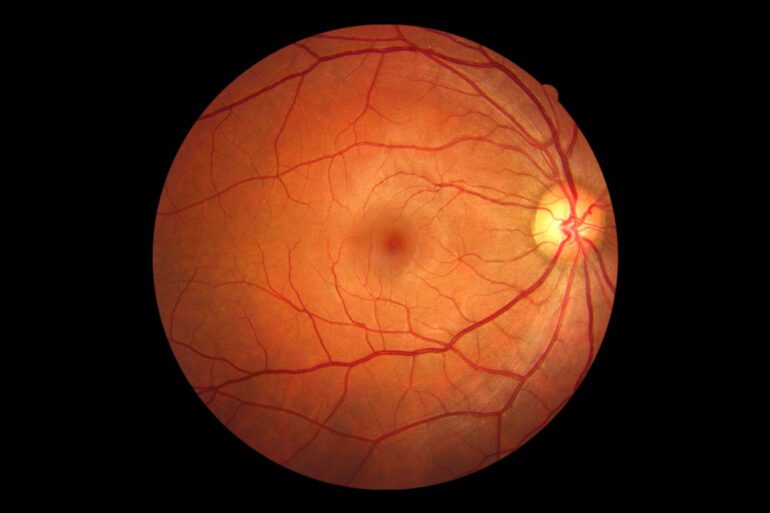- A study reveals that a large language model (LLM) chatbot outperforms glaucoma and retina specialists in diagnostic accuracy.
- Conducted by Andy S. Huang, M.D., the study compared responses from the LLM chatbot with those of fellowship-trained specialists.
- Results show higher accuracy and completeness ranks for the LLM chatbot across both glaucoma and retina cases.
- Statistical analysis highlights significant disparities, with specialists acknowledging the chatbot’s superiority in accuracy and completeness.
- The findings suggest a pivotal role for AI tools as diagnostic and therapeutic adjuncts in ophthalmology.
Main AI News:
In the realm of diagnostic accuracy, a groundbreaking revelation emerges: a large language model (LLM) chatbot surpasses the proficiency of both glaucoma and retina specialists, a recent study reports. Published online in JAMA Ophthalmology on Feb. 22, the study by Andy S. Huang, M.D., of the Icahn School of Medicine at Mount Sinai in New York City, alongside colleagues, sheds light on the remarkable capabilities of AI-driven diagnostic tools.
The research, a comparative cross-sectional study, engaged 15 participants aged between 31 to 67 years. Among them were 12 attending physicians and three senior trainees. Their task? To gauge the diagnostic accuracy and depth of responses provided by an LLM chatbot in comparison to fellowship-trained glaucoma and retina specialists. Using a Likert scale, responses to glaucoma and retina questions—ten of each category—were evaluated across deidentified cases (ten of each type).
The results? Astounding. The combined question-case mean rank for accuracy unveiled figures of 506.2 and 403.4 for the LLM chatbot and glaucoma specialists, respectively. Similarly, for completeness, the numbers stood at 528.3 and 398.7, showcasing the chatbot’s superiority. In the realm of retina specialists, a parallel narrative unfolds. The LLM chatbot boasted a mean rank for accuracy at 235.3, compared to 216.1 for retina specialists. Completeness followed suit, with respective mean ranks of 258.3 for the chatbot and 208.7 for specialists.
Delving deeper, the statistical analysis underscores significant disparities. The Dunn test illuminated a marked difference across all pairwise comparisons, barring specialist versus trainee, in rating chatbot completeness. Notably, both trainees and specialists viewed the chatbot’s accuracy and completeness more favorably compared to their specialist counterparts. Specialists, in particular, highlighted a notable gap in the accuracy and completeness metrics between the chatbot and their expertise.
In light of these findings, the authors advocate for the burgeoning role of artificial intelligence tools as indispensable diagnostic and therapeutic adjuncts. The paradigm shift in healthcare delivery, propelled by AI’s prowess, heralds a future where precision and efficiency converge seamlessly for improved patient outcomes.
Conclusion:
The emergence of AI-driven diagnostic tools heralds a transformative shift in the ophthalmology market. As evidenced by the study’s findings, the superior performance of AI-powered solutions over traditional specialists underscores the growing reliance on technology for precision healthcare delivery. This trend signals opportunities for market players to invest in and integrate AI technologies into their offerings, paving the way for enhanced diagnostic accuracy and improved patient outcomes.

